Revolutionizing Hybrids: Hyundai’s New System vs. Toyota's Hybrid System
 Kevin WongApr 22, 2025, 06:15 PM
Kevin WongApr 22, 2025, 06:15 PM

【PCauto】The new hybrid system from Hyundai is developed based on the concept of "high-performance electrification," achieving technological upgrades through innovative integration of powertrain components.

The system features a P1+P2 dual-motor parallel architecture, where the P1 motor (used for starting, generating, and auxiliary driving) is directly mechanically connected to the engine crankshaft, replacing the traditional belt-driven P0 motor. This change reduces energy transfer losses by approximately 15%. Meanwhile, the P2 motor (primary driving and energy recovery) is connected to the transmission input shaft via a clutch, forming a synergistic dual-motor driving system.
On the power control unit (PCU) level, the system incorporates an intelligent torque distribution algorithm that dynamically adjusts the power output ratio between the engine and the motors based on driving conditions.
For example, during low-speed cruising, the P2 motor primarily drives the vehicle in electric mode; in scenarios requiring rapid acceleration, the P1 motor assists the engine, enabling an "all-power parallel" mode.
The system optimizes the motor cooling architecture, utilizing a combined oil and water cooling structure, which enhances the motor's power density to 4.4 kW/kg—a 21% improvement over the previous generation—and achieves a torque density of 2.6 N·m/kg, which is a 7% increase.
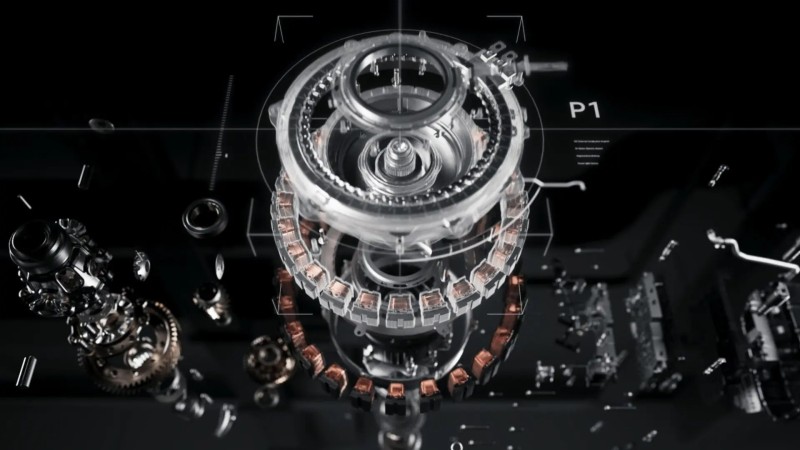
As the first powertrain to utilize Hyundai's new hybrid system, the dedicated 2.5T turbocharged hybrid engine achieves a breakthrough in efficiency through a restructured combustion system.
Hyundai has introduced a dual-mode switching technology featuring the "Miller Cycle + Overexpansion Cycle," delaying the intake valve closure under partial load conditions to lower the effective compression ratio (from 10.5:1 to 9.5:1) and reduce pumping losses. Under full load conditions, it maintains a high expansion ratio (12.0:1), enhancing conversion efficiency of fuel energy by 8%.
The engine employs a high-pressure direct injection system at 350 bar, coupled with a three-stage injection strategy (pre-injection + main injection + post-injection) and a concave piston design (with a 12% reduction in top surface curvature), allowing for stratified combustion of the air-fuel mixture, effectively minimizing the tendency for knocking and achieving a thermal efficiency surpassing 42%—5 percentage points higher than traditional turbocharged engines.
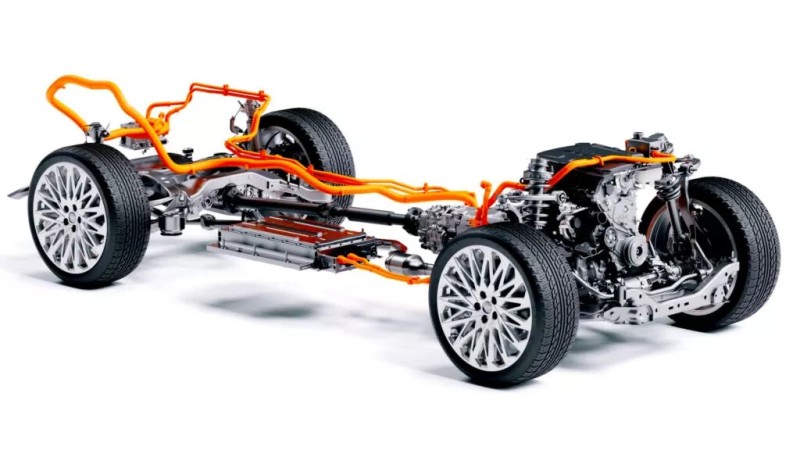
The tested data indicates that the hybrid-equipped Palisade model achieves an impressive combined fuel consumption of just 7.1 L/100 km (equivalent to 14.1 km/L), resulting in a remarkable 45% improvement in fuel efficiency compared to conventional gasoline vehicles of the same displacement. The system delivers a total output of 334 horsepower (246 kW) and peak torque of 460 N·m, marking enhancements of 19% in power and 9% in torque.
The hybrid system is designed with a modular development strategy, making it adaptable for various models. The first application will be in the Palisade hybrid version, set to be produced in April 2025. Additionally, the hybrid system will be gradually applied into models like the Hyundai Sonata, Kia K5, and the Tucson.
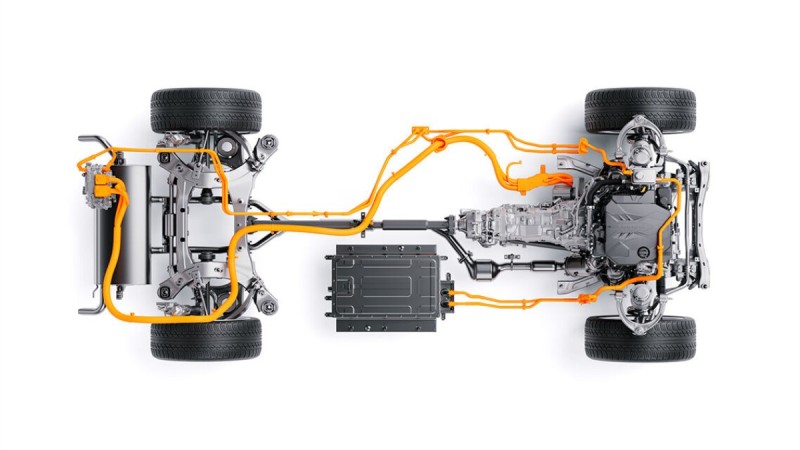
By 2026, Hyundai plans to launch a rear-wheel-drive specific 2.5T hybrid system, suitable for luxury vehicles like the Genesis G80 and GV70, featuring an electronic all-wheel-drive (e-AWD) technology that allows for dynamic torque distribution between the front and rear axles (adjustable from 0-100%).
A 1.6T hybrid system has also been developed for the mid-range market, intended to be featured in a specific mid-sized SUV, promising a 4% improvement in fuel efficiency and a torque gain of 13 N·m, catering to the economic needs of urban commuting.

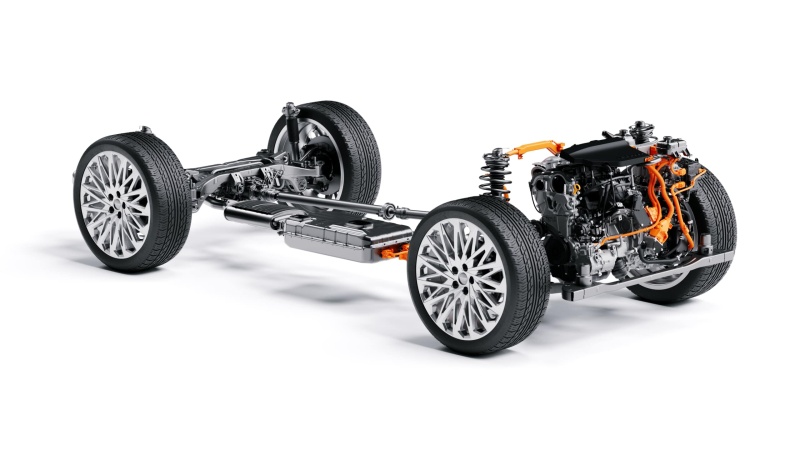
In terms of electrification derivative technologies, Hyundai's hybrid system will include Vehicle-to-Load (V2L) functionality, which can provide a maximum output of 3.6 kW to external devices while parked. The intelligent regenerative braking system will also leverage navigation data to predict road conditions and automatically adjust energy recovery intensity, enhancing the range by 5%-8%.
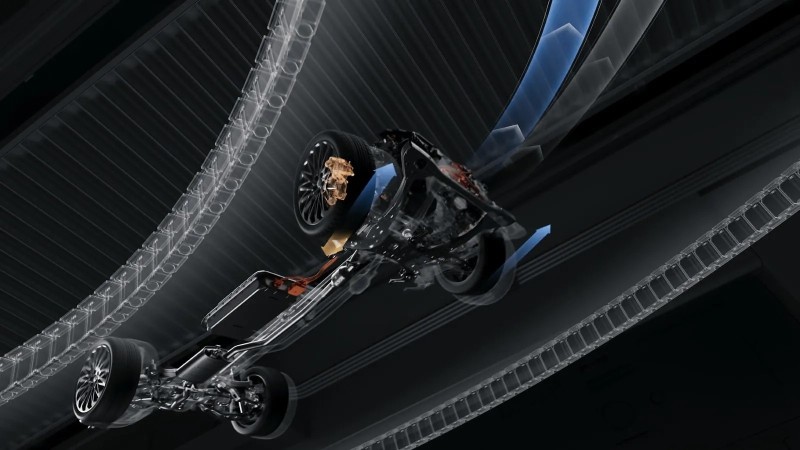
In contrast to Toyota's THS (featuring a planetary gear unit single-speed E-CVT) and Honda's i-MMD (dual-motor series-parallel technology), Hyundai's next-generation hybrid system distinguishes itself with its P1+P2 dual-motor parallel architecture, effectively avoiding the inefficiency during high-speed operations found in traditional single-speed E-CVT systems.
Thanks to the synergy of the turbocharged engine and dual motors, the system significantly outperforms naturally aspirated hybrid solutions in high-speed acceleration capability, improving acceleration times from 80 to 120 km/h by 1.2 seconds.
By sharing the same platform architecture as traditional gasoline vehicles (without the need for a dedicated hybrid chassis), the overall manufacturing costs are reduced by approximately 30% compared to pure electric platforms, offering substantial commercial viability for widespread adoption.
This hybrid system not only serves as Hyundai's transitional solution in response to carbon emission regulations but also represents a pivotal step in its “shared oil and electricity technology” strategy. Through innovations in dual-motor systems and intelligent electronic control technologies, Hyundai is laying the groundwork for future developments in plug-in hybrid electric vehicles (PHEV) and extended-range electric vehicles (EREV).
If any infringement occurs, please contact us for deletion
Trending News

BYD Sealion 7 is not only cheaper than Tesla Model Y, what other differences do they have?
Is it better to buy the BYD Sealion 7 or the Tesla Model Y? This really makes one a bit hesitant, but before you make a decision, I recommend you take a good look at this article.

2026 Toyota Hilux Travo released, the brand-new exterior and interior are highly anticipated
If you're considering buying a Hilux, honestly, the comprehensive innovations in the ninth generation are worth waiting for. While the current model might still have some advantages in terms of reliability and price, the new model offers significant changes in terms of exterior and interior luxury, tech features, and powertrain options.

Toyota Land Cruiser FJ did not disappoint, the most anticipated civilian off-road vehicle is back.
Since its birth in 1951 under the name Toyota BJ, the Land Cruiser series has accumulated sales of approximately 12.15 million units in over 190 countries and regions worldwide, becoming a global off-road icon spanning more than 70 years.

In Malaysia, which sliding door MPVs are available?
The numerous advantages of sliding door MPVs make many people fond of this type of vehicle. However, MPVs are not a mainstream choice in the car market, so many people might not know which MPVs are available domestically.

Jaecoo J7 VS Honda CR-V, which is the most worthwhile C-Segment SUV to buy
With an exterior that closely resembles a Land Rover, Jaecoo J7's sales experienced several months of rapid growth but have recently slowed down. Perhaps the market is nearing saturation, as Jaecoo J7 has already surpassed the once-dominant Honda CR-V in the C-Segment SUV category.
Popular Cars
Model Year
Car Compare
Car Photo

